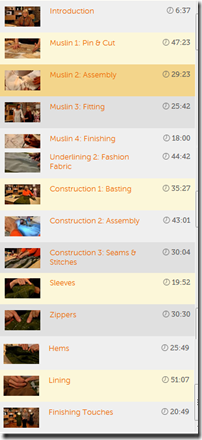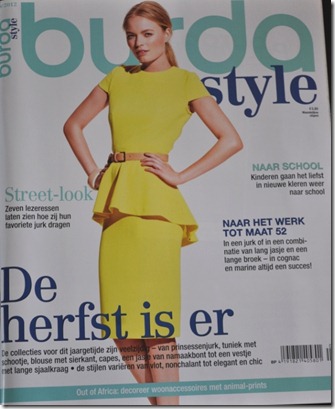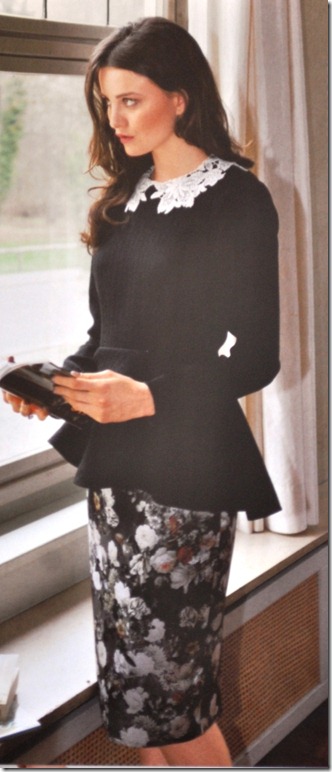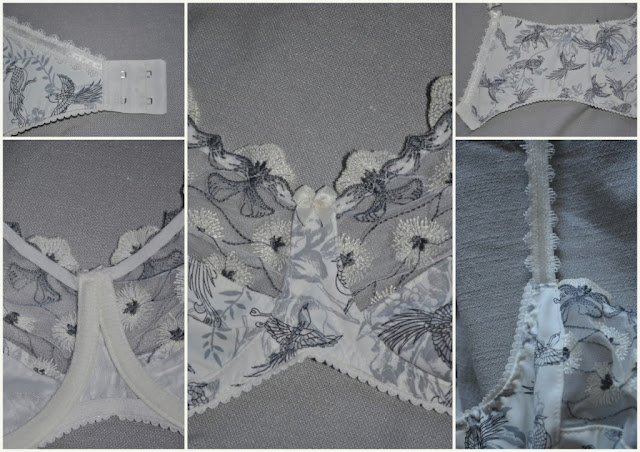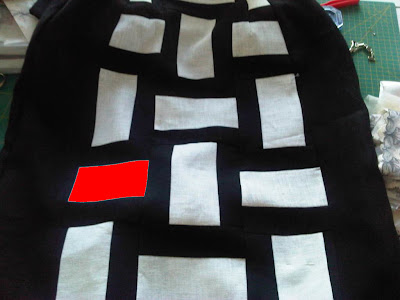A pattern I’m very, very happy with. I copied this pattern a few weeks ago from my friend Valerie. It’s a pattern from an English (?) magazine from about 10 years ago if I remember it right. Can’t remember the name of the magazine and it’s not that important too, as it’s not available any more. I just traced Valeries pattern.
I prefer this cowl to the one of the
Patrones top I made recently because this one is a little higher, which makes it work-appropriate.
The pattern has a facing that extends to the armhole, so that the whole front armhole needs no separate finishing. I was on my own for the order of construction and the second time I did it a bit different than the first time. As I think I will use this pattern more often I write the steps here for my own reference, but you could use the same technique on another cowl neck pattern with a facing like this or a facing added like this.
The finished pictures are not so good, the left version was taken from the laundry bin to get a picture (DD did not have the patience to wait for me to iron it), the right one was taken in a mirror.
I should not be cutting late at night. That’s what I did with the fuchsia top: I forgot to add an inch to the bottom and the fabric was cut in the wrong direction. I didn’t see the grainline on this fabric. Artificial light and aging eyes!


Construction:
Finish the armscye and neck of the back. Make sure you don’t add to the width, the finished width should be on the stitching line.

I used strips of fabric and topstitched on the edge.

Fold the facing of the cowl neck to the front,
wrong right sides together. And in this picture you can see what the facing looks like.
Stitch the seams of the armholes (the yellow line on the left)

I’ve added a piece of two-sided fusible material (like steam a seam, only cut this from a wide piece). Attach this to the facing side!! I did it wrong, this is my referency mainly!) This way you don’t need understitching or topstitching at the front, you could leave this step out). When finished you pull the paper off and press it.

Insert the shoulder of the back part into the front and front facing, right sides together, pin and stitch the seam

At the side, pin the back to the front, with the facing turned away.

Flip the facing over the side seam
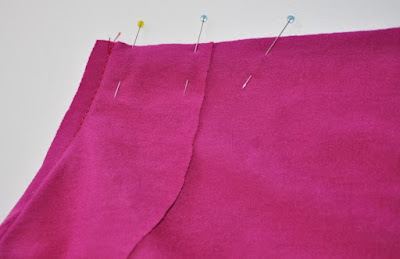
I’ve stitched a few stitches with my regular sewing maching to secure the layers. Then I serged the side seam.

Clip the corners from the back at shoulders and side seam. Trim the seams.


Turn the top, the only thing left to do is hem it.
Inside of sideseam:
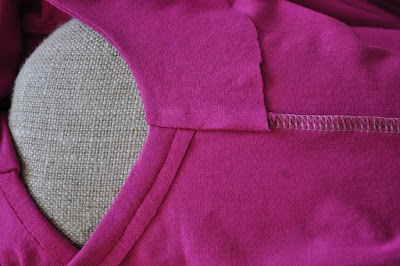
Outside of side seam
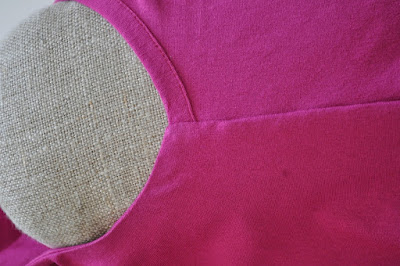
Inside of shoulder seam.

Outside of shoulder seam.

That’s 3 posts in 3 days, long time ago I did that I think. I’m off to think of what to sew next. Not the Burda top yet, though to answer Caroly’n’s question: yes, the picture with the flowered skirt is the version I’ll be making, at least a skirt with a print or structure. A skirt with flowers is not (yet) what I see as “me”.




